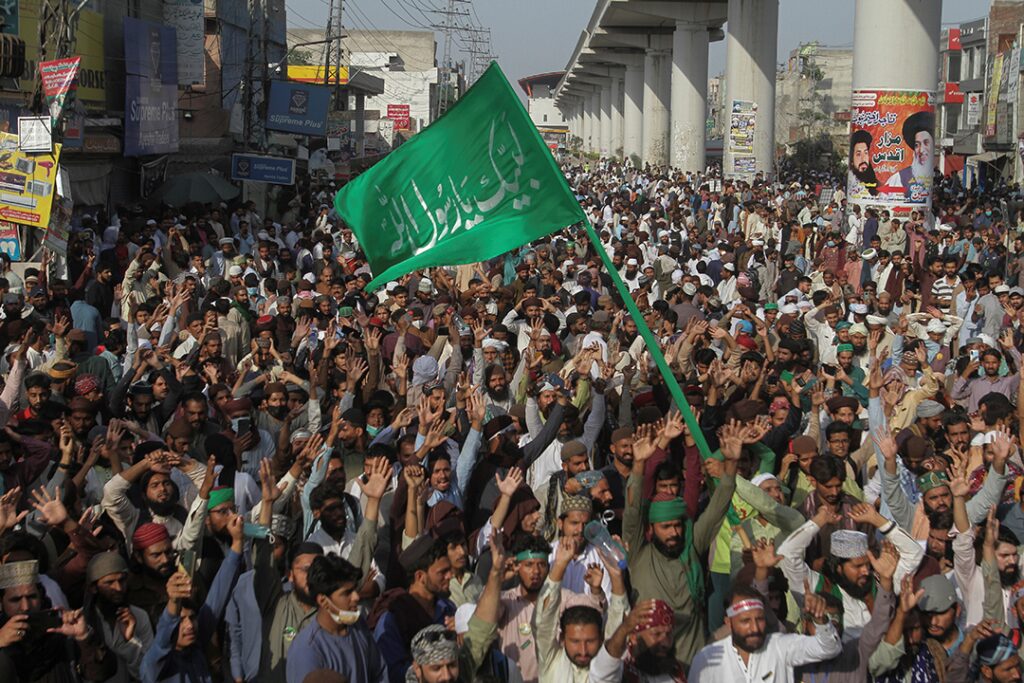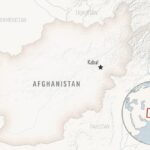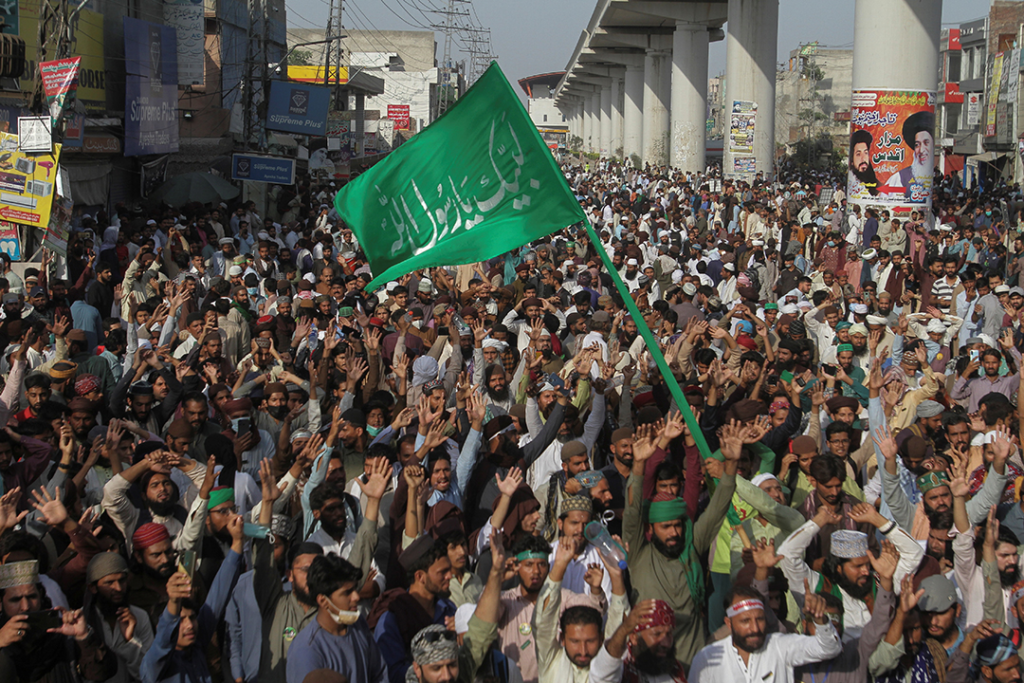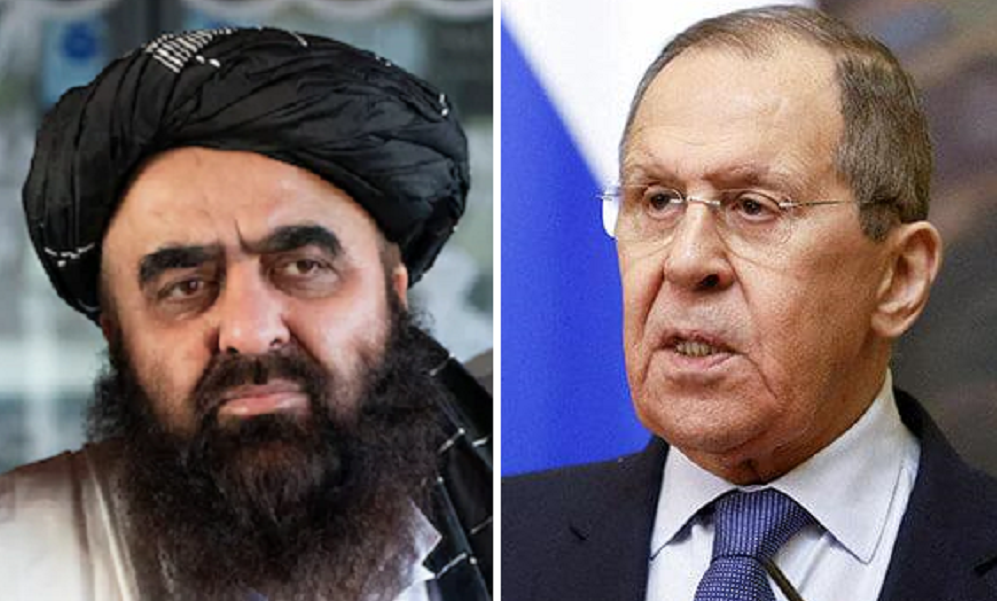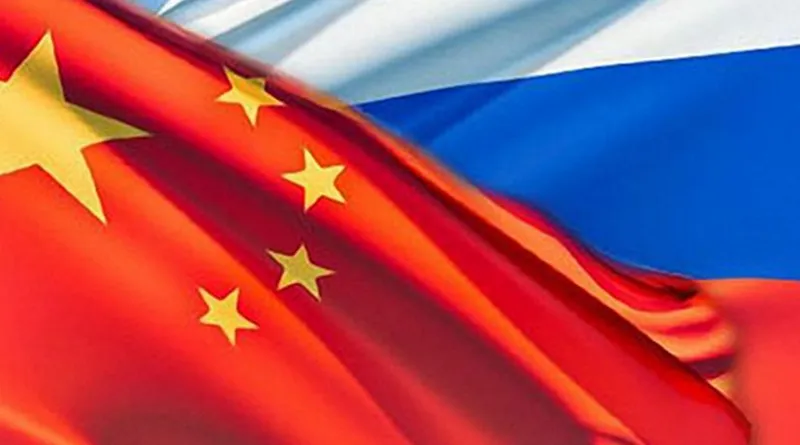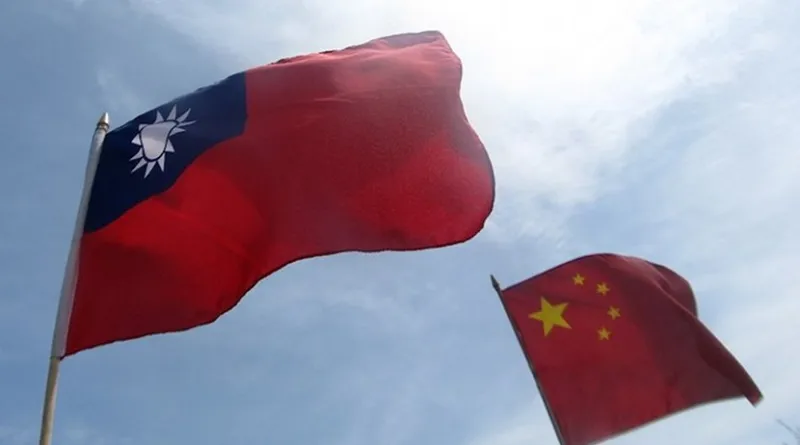National Security Threat: China’s Eyes in America

The Chinese company DJI controls nearly 90% of the world market for consumer and commercial grade drones.
The excellent reporting on DJI by Kitchen tracks efforts by the company to lobby against passage of a bill called the American Security Drone Act (ASDA), now before Congress, to outlaw federal government use of DJI products entirely. What is the risk? Not only the data gathered by the drones themselves, but everything collected by the mobile app with which users control their drones and manage their DJI accounts. Like many other mobile applications, this includes a user’s contacts, photos, GPS location, and online activities.


